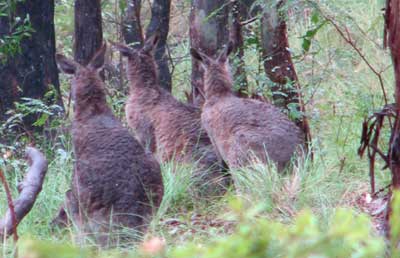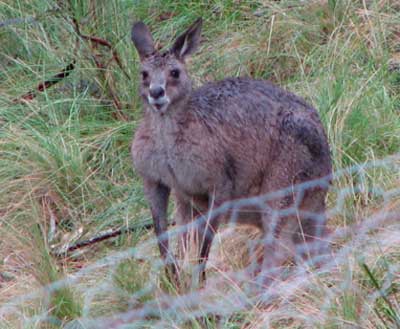Gunnedah is the main town of the fertile, well-watered NSW Liverpool Plains, which grow much of our grain and seed crops, such as wheat, canola, sunflower and sorghum.
These flat lands are dependent on their underground aquifers and their even surface drainage. Longwall mining will wreck both.
It would be madness to mine there, so why should companies like BHP Billiton explore there?

BHP’s plans came to a halt when local farmer Tim Duddy simply wouldn’t let them onto his property at Caroona.
The court ordered him not to obstruct them, so all his neighbours did instead. They’ve been doing so for 6 weeks and they don’t intend to stop.
On Tuesday 16th September myself and 8 other coal-inflicted Hunter people went up to support the locals in a rally organised by the Caroona Coal Action Group.
They held it outside the Civic Centre where the Gunnedah Basin Coal Conference was being held.
As we were there from 8 am, most delegates must have gone in the back way, as we saw very few, although I later spotted some peeping through the glass front doors at the apparently scary protestors.


The rally was not your usual activist gathering; not a dreadlock in sight. Here we had conservatively covered books holding highly effective radical activism between their covers.
There were establishment farmers in their best moleskins and Akubras, their elegant wives equally adamant in their protest; there were worried rural families who’d thought they had a future here; there were babies and dogs and little old ladies bristling with No Mine stickers.
It was clearly a community sticking together, standing their ground against the Big Multi-national, saying ‘No’ with all the authority of People Power.
Read more




















